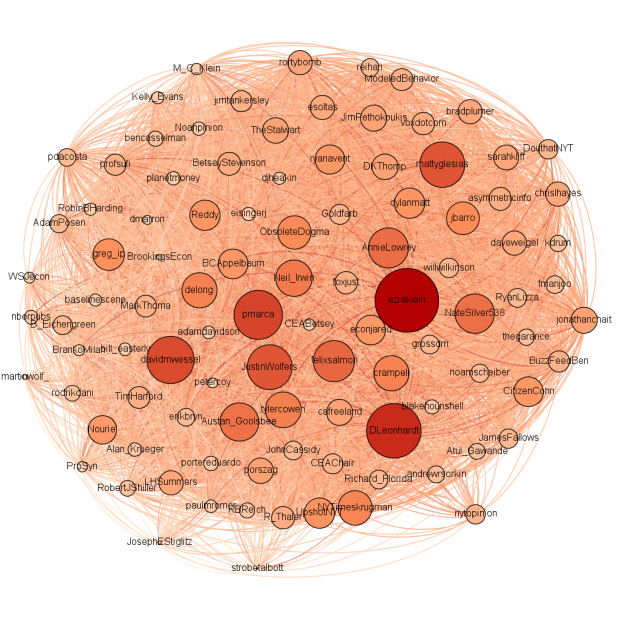
Hot off the press comes We Are Social “Digital in 2016”.
I always suck up this report on digital, social and mobile usage around the world which is seeing ever faster growth.
The key statistics for digital, social, and mobile media in 2016 are:
- 3.42 billion internet users, equaling 46% global penetration;
- 2.31 billion social media users, delivering 31% global penetration;
- 3.79 billion unique mobile users, representing 51% global penetration;
- 1.97 billion mobile social media users, equating to 27% global penetration.
This means more than half of the world’s adult population now uses the internet, and (something exciting for me) that well over one-third of the adult population uses social media at least once a month.
It is also interesting to see – just like I was telling the audience at this week’s ISPO Communication Day – social media is moving from broadcasting to being social. It is all about connecting, personalization and providing true value. This will mean a big change for us marketeers! We will need to activate our listening skills, understand what our audience truly wants and well yes…become social.
The full report can be found here:





